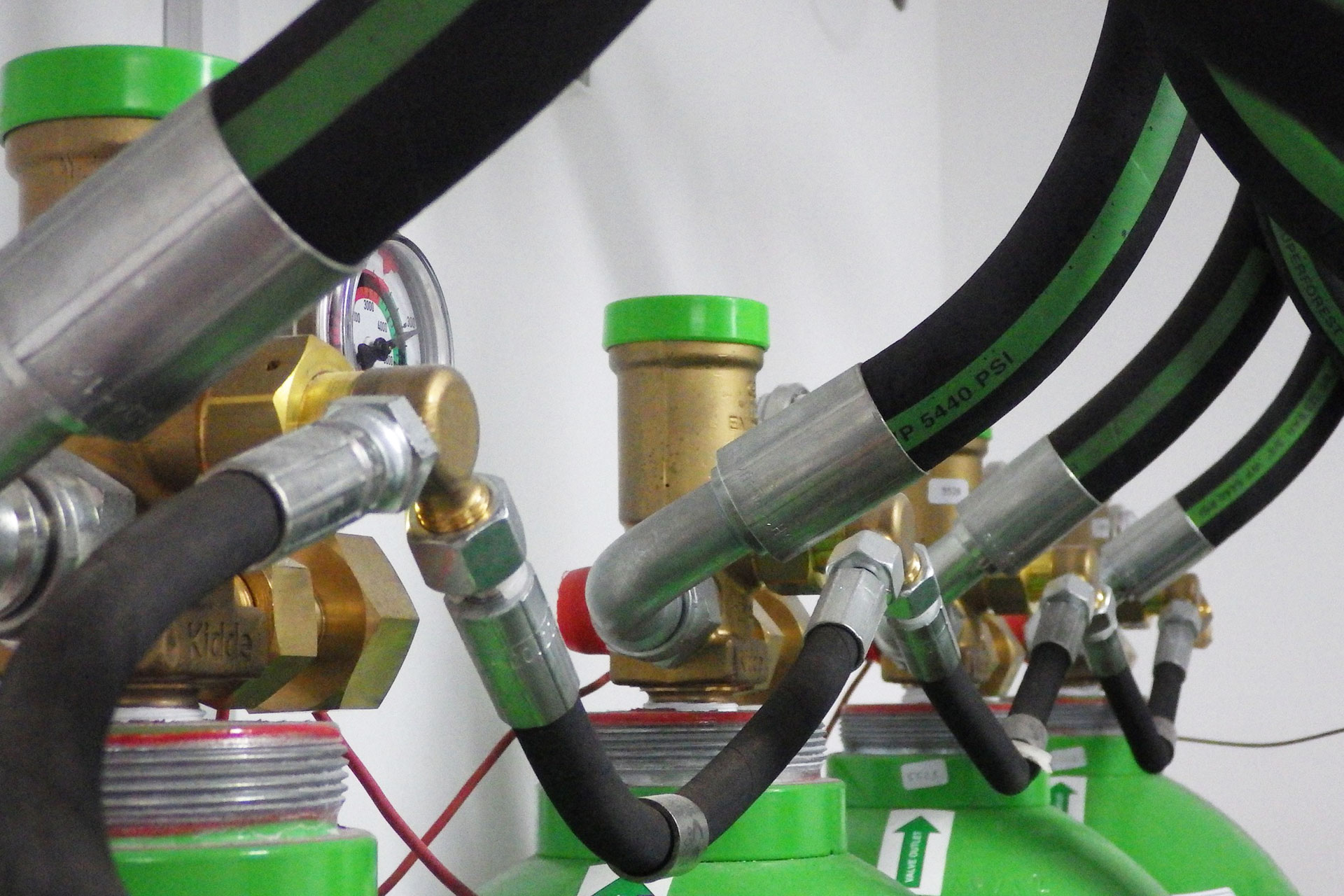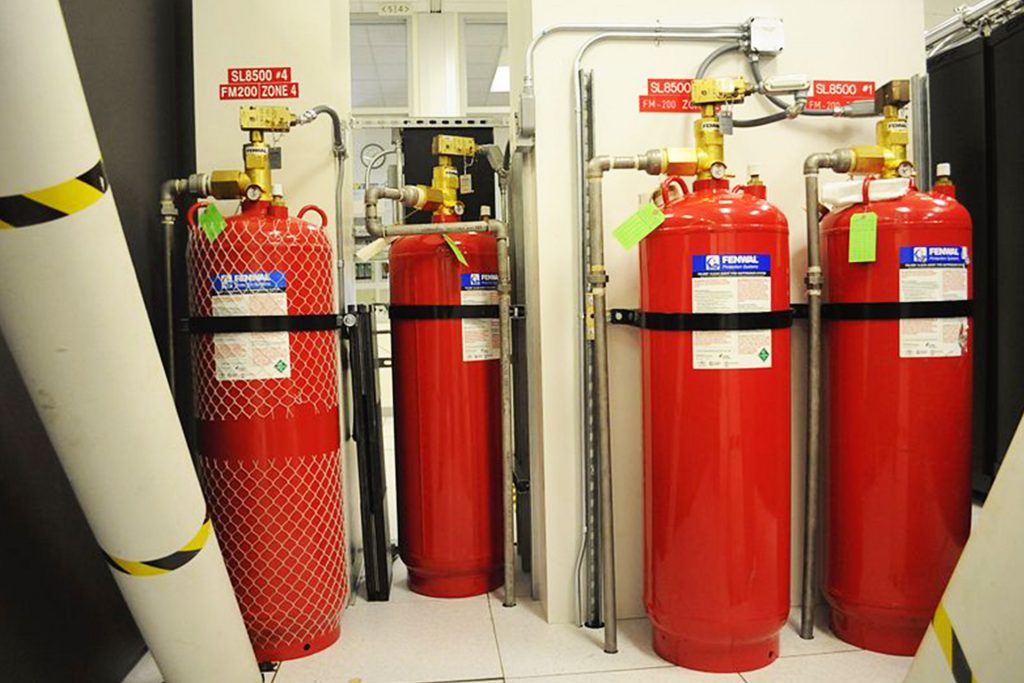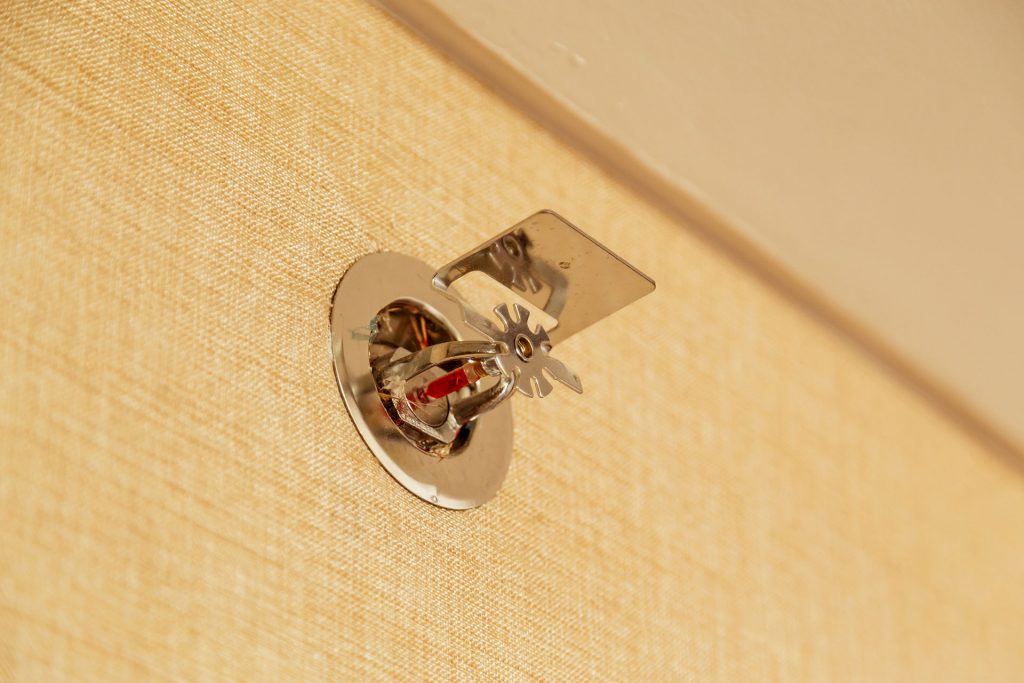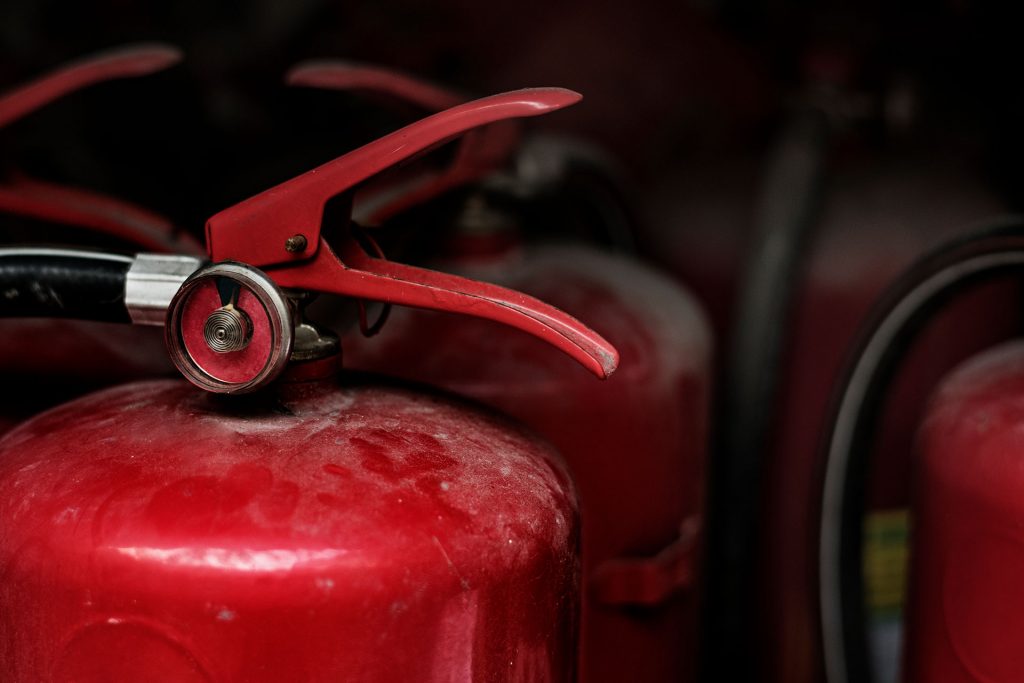
12 Dec How 3 Different Types of Fire Suppression System Work
There are different types of fire suppression system that you can acquire based on the business that you have. There are also types of fire suppression systems that aren’t just for commercial spaces, but can also be used for your home. Aside from knowing the different types of fire suppressions, do you know how each of them work?
Gas or clean agent suppression system, water sprinkler suppression system, and chemical suppression system are some of the well-known fire suppression systems. In this article, we’ll be tackling how each of these fire suppression systems work.

1. Clean Agent Fire Suppression System
This type of fire suppression system is waterless and deploys immediately without leaving behind oil residue or water that can damage your products or property. These are cylinders containing clean agents such as FM-200. They are stored separately from the protected area. They are also connected by a piping network that is fixed to the nozzles that are professionally spaced throughout your room or office space.
Once the heat or smoke is detected, an electronic signal is sent to the control unit which sends the clean agent gas from the cylinders to the piping network. With today’s advancements in technology, the clean agent’s control unit can optimize the valves to only send the clean agent directly to the hazardous zones. Once the clean agent reaches the room to where the fire was detected, the nozzles will open, and the deflector shields can even direct the agent towards a particular fire zone. Oxygen will be diluted to stop the fire and prevent burning as the clean agent floods the room.

2. Water Sprinkler Suppression System
This is one of the most common types of fire extinguishing system that is used around the world. It can either be manual or automatic. But in this article, we will be focusing on automatic sprinkler systems. This system uses heat activated material that releases the tension on the sprinkler; allowing the water to flow through the pipe.
If you look closely at a fire sprinkler, you’ll be able to see a small glass bead filled with liquid, or a piece of metal that is color coded which is called fusible link. Each bead is easier to spot, and the color of that bead tells you how hot the ceiling can get before the sprinkler will go off. The glycerin-based liquid inside the beads expands when it is headed to a specific temperature.
That expansion breaks the glass which allows the sprinkler to release water. Red beads break at the lowest temperature, while black beads are for commercial places such as warehouses and factories that break at 343°C.

3. Chemical Suppression System
This type of fire suppression system is commonly used in grocery stores and kitchens. They release a certain type of F agent that creates less harm or damage to the food or the products. The suppressant is a liquid substance that when sprayed to an affected area—immediately cools the flames. When the liquid comes into contact with cooking oils and fats, it reacts to the produced foam and causes it to cool the affected areas and prevent the fire from reigniting.
There are different fire suppressions available and all you have to do is to know what is right for your business.
Are you still looking for fire suppression system supplies for your home or commercial space? Contact us today and we can can help you with that.
